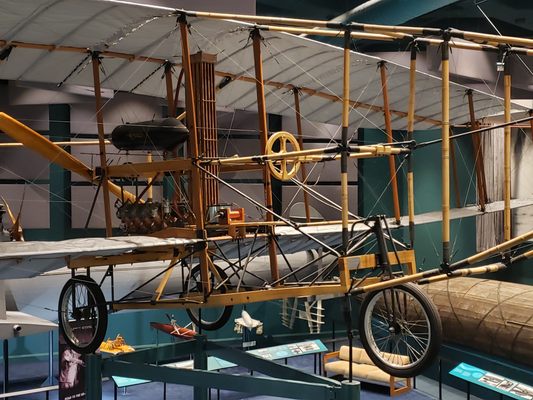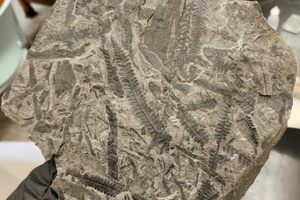About
Hidden away in a small fishing village in Cape Breton lies the Alexander Graham Bell National Historic Site, a dense collection of rare ephemera from the life of one of the world's greatest inventors.
Baddeck, Nova Scotia was home to Bell and his family for over 30 years, and while some of his descendants still live there today, the village also holds a remarkable museum dedicated to the man who forever changed the way we communicate.
Born in Scotland, by the time he was 38, Alexander Graham Bell was a world renowned millionaire, and inventor of one of the 19th century’s most important discoveries, the telephone.
Coming from a impoverished family in Scotland, he had been working with some success on teaching deaf students to speak through electrics rather than sign language. Moving to the United States and setting up a school for “Visible Speech” in Boston (one of his students was Helen Keller), Bell fell in love with one of his deaf pupils Mabel Hubbard. Coming from a wealthy Massachussetts family, Mabel’s father opposed the marriage unless Bell could prove himself worthy of his daughter.
Bell promptly invented the telephone and in 1877 they were married. For her wedding present Alexander Graham Bell gave Mabel 1,487 of his 1,497 shares in the newly formed Bell Telephone Company.
Soon after they were married, Bell came across a small book called “Baddeck and That Sort of Thing”, written by Charles Dudley Warner, where he described the village as “the most beautiful salt water lake I have ever seen....the afternoon sun shining on it, softening the outlines of its embracing hills, casting a shadow from it’s wooded islands....here was an enchanting vision.”
To Bell, living in Washington DC and deep in the middle of a draining law suit over the telephone patents, the small town vision sounded idyllic. And so in 1885, Bell, his wife Mabel, and their three daughters moved to Cape Breton and the sleepy quiet fishing village.
There is even a local legend telling that Bell was walking through the town’s tiny main street and discovered that a phone line ran from the general store to the local newspaper. Walking past the newspaper’s offices, he saw the editor having problems with the wall mounted telephone. Bell walked in, unscrewed the earpiece and blew a fly out of it, and said to the astonished editor that it should work now. With the phone working, the editor asked the stranger how he had managed to get the instrument working, to which Bell replied “because I am the inventor of that instrument.”
For the next 37 years the Bell family was a prominent fixture in the village. Building a home across the bay, including laboratories, observatories and kite fields, he concentrated on such inventions as the world’s first polarized sunglasses, the world record fastest speed boat, air conditioning, the phonograph, and the metal detector.
Today the small town is home to the excellent Alexander Graham Bell museum. Covering all aspects of his life, the museum is unique in that it allows visitors to get into the archives, don white gloves and get to grips with his personal possessions. Everything from the clothes which sat on his giant 6’3, 215 pound frame, to his personal library collection. Visitors can read through the phonetic story books he wrote by hand for each of his deaf child patients. Bell was a compulsive journal writer, and the museum holds some 20 volumes of his unpublished daily thoughts, which covered his ideas for inventions, daily life in the village, and even jokes.
As yet these haven’t been transcribed, and it’s a rare opportunity to look first hand into the mind of one of the 19th century’s greatest minds. Perhaps most moving of all is a photograph of his beloved wife, which he kept on his desk. Picking it up and turning it over, you can see written in pencil in his own hand, ‘the Girl for Whom the Telephone Was Invented.’
Related Tags
Published
July 15, 2014
















































